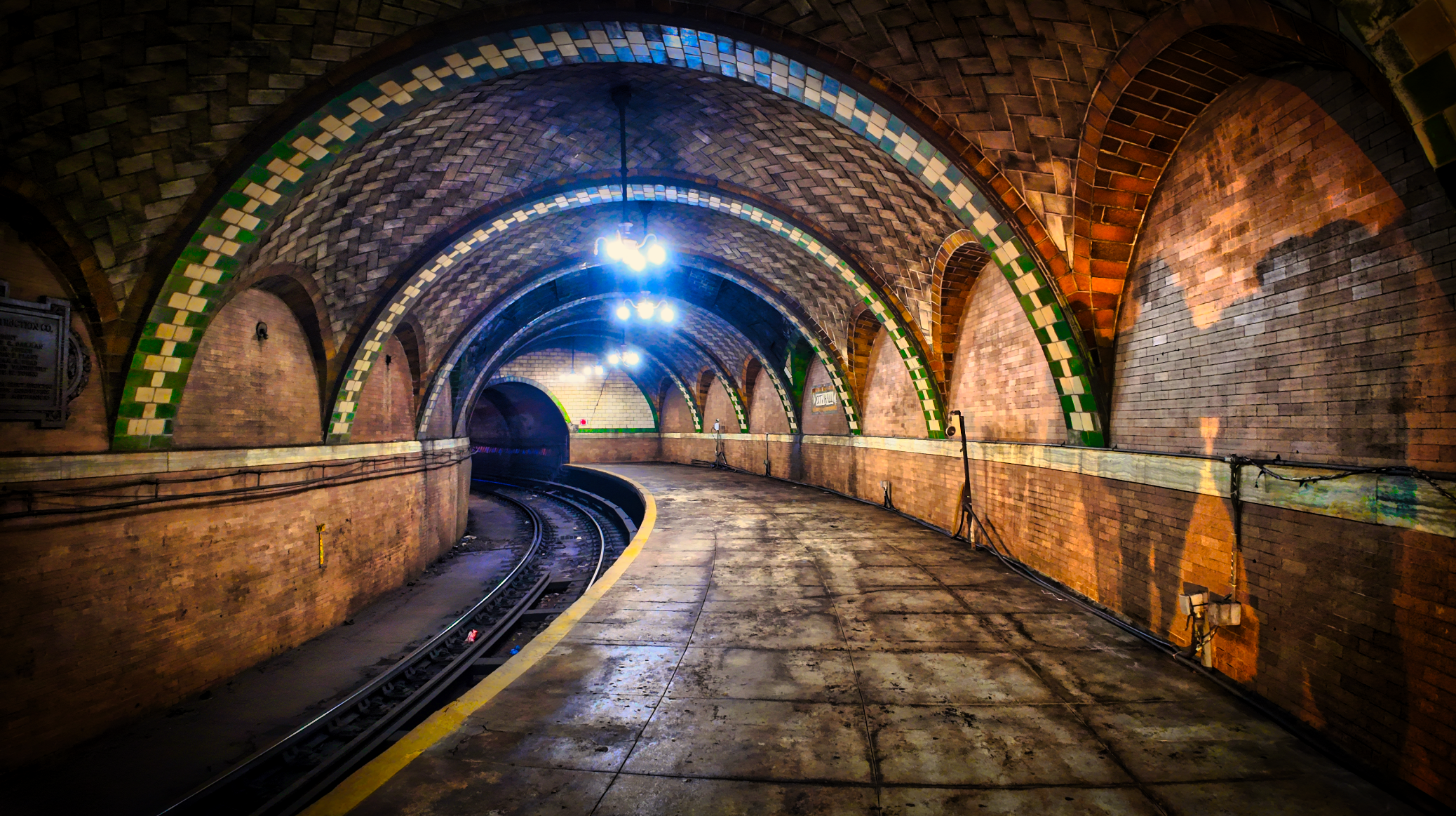This year marks a monumental milestone for one of New York City’s most iconic symbols of urban life—the NYC Subway. On October 27, 2024, the subway system turns 120 years old. As we celebrate this historic anniversary, let’s take a journey through its inception, evolution, and enduring impact on the city.
The Beginning: October 27, 1904
The New York City Subway officially opened to the public on October 27, 1904. The Interborough Rapid Transit Company (IRT) operated the first line, which ran from City Hall in Lower Manhattan to 145th Street in Harlem. This initial route, spanning 9.1 miles, included 28 stations and was a groundbreaking feat of engineering, designed to alleviate the congested streets of New York and provide a rapid means of transportation for its residents.
Early Expansion: 1904-1940
Following its successful debut, the subway system expanded rapidly. The IRT, along with the Brooklyn-Manhattan Transit Corporation (BMT) and the Independent Subway System (IND), added new lines and stations, extending the network into Brooklyn, Queens, and the Bronx. By the 1940s, the subway had become an integral part of New York City, shaping its growth and enabling the urban sprawl that characterized the early 20th century.
Post-War Changes and Challenges: 1950-1980
The post-World War II era brought significant changes and challenges to the subway system. The city took control of the private subway companies in 1940, unifying the IRT, BMT, and IND under the newly formed New York City Transit Authority (NYCTA). During this period, the subway faced declining ridership, deferred maintenance, and financial difficulties. The 1970s were particularly tough, with graffiti-covered trains and increasing crime rates, tarnishing the subway’s reputation.
Revival and Modernization: 1980-Present
The 1980s marked the beginning of a substantial revival for the NYC Subway. Under the leadership of the Metropolitan Transportation Authority (MTA), massive investment and efforts were made to restore and modernize the system. Significant improvements included the introduction of graffiti-free cars, upgraded infrastructure, and enhanced safety measures.
The 21st century has seen the NYC Subway continue to evolve with advancements in technology and service. The introduction of the MetroCard in the 1990s revolutionized fare collection, and more recently, the OMNY contactless payment system offers riders a modern alternative. Expansion projects like the Second Avenue Subway and the extension of the 7 line have brought new service to previously underserved areas, reflecting the city’s dynamic growth.
The Subway Today
Today, the NYC Subway system operates 24 lines, over 470 stations, and approximately 665 miles of track, making it one of the largest and most extensive public transit systems in the world. It serves over five million riders on an average weekday, embodying the relentless energy and diversity of New York City.
Looking Ahead
As we celebrate the 120th anniversary of the NYC Subway, it’s important to look toward the future. Challenges such as climate change, increasing ridership demands, and the need for sustainable practices call for continued innovation and investment. Projects like the East Side Access, which will connect the Long Island Railroad to Grand Central Terminal, and ongoing upgrades to accessibility and technology, promise to enhance the system for future generations.
Conclusion
The NYC Subway has been more than just a means of transportation; it’s a lifeline that has shaped the city’s history, culture, and daily life. As we commemorate 120 years of service, we honor the past while eagerly anticipating the innovations that will carry this vital network into the future. The subway’s journey mirrors that of New York City itself—ever-evolving, resilient, and endlessly fascinating.

